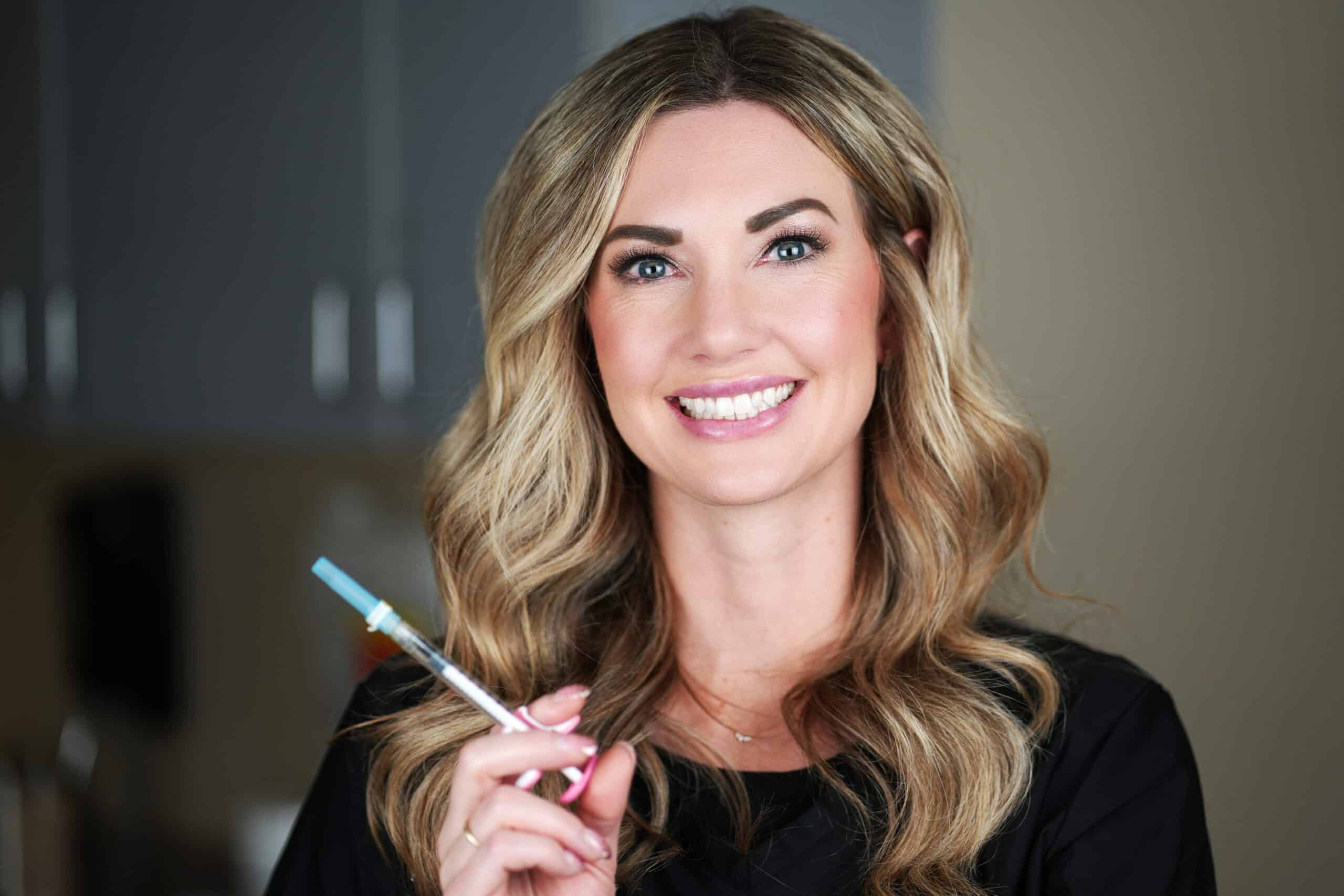
Skin cancer is the most common form of cancer worldwide, with millions of new cases diagnosed each year. While early detection and treatment are critical to preventing the spread of cancer, they often leave patients with significant facial defects, particularly when tumors are excised from delicate areas such as the nose, lips, or eyelids.
The Impact of Skin Cancer on the Face
The face is highly susceptible to skin cancer due to its direct exposure to ultraviolet (UV) radiation. Basal cell carcinoma (BCC), squamous cell carcinoma (SCC), and melanoma are the three primary skin cancer types affecting the facial region.
- Basal Cell Carcinoma (BCC): The most common form, often presenting as a pearly or waxy bump. While BCC rarely metastasizes, it can cause extensive local damage if not treated early.
- Squamous Cell Carcinoma (SCC): This type has a higher potential for spreading and typically appears as a scaly, red patch or ulcer.
- Melanoma: The most aggressive form, melanoma can spread rapidly and requires urgent treatment. It often presents as an irregularly shaped or pigmented lesion.
Surgical removal of these cancers can leave defects that impair facial function, affecting breathing, speaking, eating, or closing the eyes properly. This is where facial reconstruction plays a vital role in patient care.
Facial Reconstruction Techniques After Skin Cancer Removal
Facial reconstruction following skin cancer excision is a highly individualized process. The chosen technique depends on the size, depth, and location of the defect, as well as the patient’s unique anatomy and aesthetic goals. The most common reconstructive approaches include:
- Primary Closure
For smaller defects, direct closure by suturing the edges of the wound together is often the simplest and most effective method. This technique is best suited for areas with sufficient skin laxity, such as the forehead or cheeks.
- Local Flaps
For moderate-sized defects, local flaps are an excellent choice. This technique involves moving adjacent healthy skin to cover the excised area while preserving blood supply. Common types of local flaps include:
- Rotation flaps: Tissue is rotated into the defect from a nearby area.
- Transposition flaps: Skin is shifted from one region to another.
- Advancement flaps: Skin is moved directly forward to close the defect.
Flaps are particularly useful for restoring contour and texture while maintaining a natural appearance.
- Skin Grafts
When local tissue is insufficient, a skin graft may be necessary. This involves transferring skin from another part of the body, such as the thigh or behind the ear, to cover the defect. Grafts can be:
- Split-thickness skin grafts (STSG): Involve removing the top layers of the skin, which heal quickly but may have a color mismatch.
- Full-thickness skin grafts (FTSG): Include the entire dermis, providing a more natural look but requiring a well-vascularized recipient site.
- Cartilage Grafts
For deeper defects, especially those involving the nose, cartilage grafts may be required to restore structural integrity. Cartilage can be harvested from the ear or ribs, or decellularized cadaver cartilage grafts can be used.
- Microsurgical Free Tissue Transfer
For extensive facial defects, free tissue transfer (or free flaps) may be necessary. This advanced technique involves transplanting tissue, along with its blood supply, from another part of the body (e.g., the forearm or thigh) to reconstruct large areas of lost tissue. This is often used for extensive resections, such as after melanoma removal.
Functional and Aesthetic Considerations
Beyond simply closing a wound, reconstructive surgery must focus on restoring facial function. Some key considerations include:
- Nasal reconstruction: Ensuring the nasal airway remains open while maintaining symmetry.
- Eyelid reconstruction: Preventing complications like lagophthalmos (incomplete eyelid closure), which can lead to dry eye and vision issues.
- Lip reconstruction: Restoring oral competency to maintain speech and eating functions while preserving a natural appearance.
Post-Surgical Recovery and Care
Recovery times vary depending on the complexity of the procedure. Most patients experience swelling and bruising for a few weeks, with final results becoming apparent within a few months. Post-operative care includes:
- Keeping the surgical site clean and moisturized.
- Avoiding sun exposure to minimize scarring and prevent cancer recurrence.
- Following up regularly with a dermatologist for skin cancer surveillance.
- Engaging in physical therapy if necessary to restore muscle function in complex reconstructions.
Preventing Future Skin Cancer
While facial reconstruction can restore form and function, prevention remains the best approach to skin cancer. I strongly advise my patients to:
- Use broad-spectrum sunscreen (SPF 30 or higher) daily.
- Wear protective clothing, including wide-brimmed hats and UV-blocking sunglasses.
- Avoid tanning beds and minimize sun exposure during peak hours (10 a.m. to 4 p.m.).
- Perform regular skin self-exams and seek medical evaluation for any suspicious lesions.
Facial reconstruction after skin cancer is a delicate balance between medical necessity and artistry. As a plastic surgeon, my mission is to help patients heal both physically and emotionally, restoring their appearance and ability to express themselves confidently. Through meticulous surgical planning and advanced reconstructive techniques, we can achieve outcomes that prioritize both function and aesthetics, ensuring patients can move forward with their lives after skin cancer treatment.




